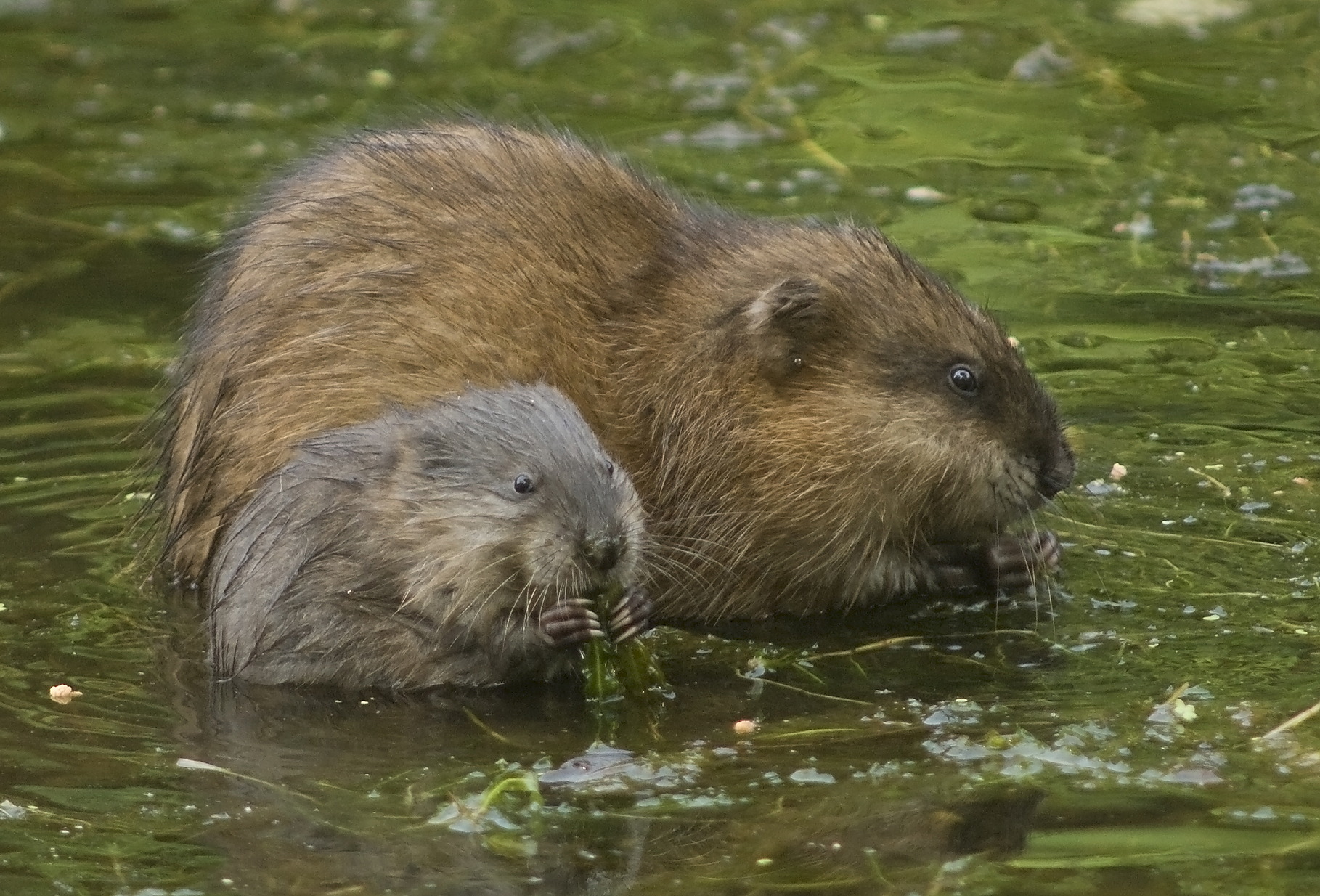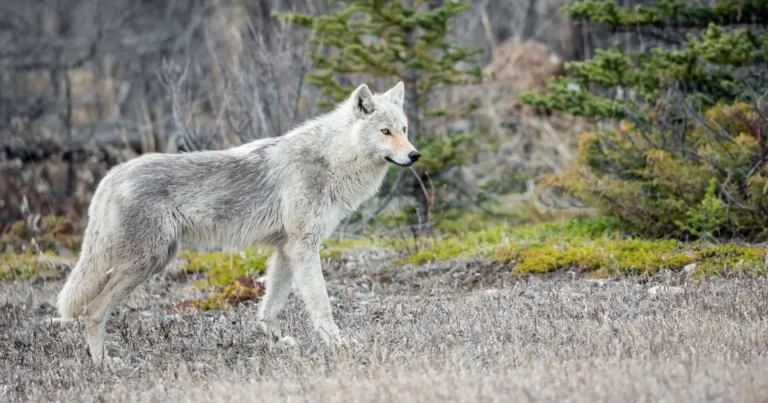
Economics
- 200,000 – 250,000 muskrats trapped annually (according to FIC). At $10 on the open market, divided by the 70,000 trappers they claim need this to survive works out to about $35 a year.
- 89% of Canadians spend money on an outdoor activity, an estimated $41.3 billion in 2012; trappers contributed 0.1% to that (2012 Canada Nature Survey)
- The eco-tourism industry in British Columbia – which does not include trapping – is worth $1.4 billion per year and directly contributes to 40,000 jobs (Wilderness Tourism Association)
- Statistics Canada’s latest Census report (2011) indicated that only 455 working Canadians identified as full-time trappers (Statistics Canada)
- Fur prices in North America are down 70% – indicating a worldwide drop in demand (Trapper and Predator Caller Fur Harvest Report 2014)
- The value of a living animal is greater to the economy than a dead animal – wildlife refuges have a positive $2.4 billion impact on US economy (USDA, Rainforest Conservation Foundation, David Suzuki Foundation)
- The government has not released a public economic study/report on the trapping industry – all numbers they cite come from the trapping industry itself
“Humane” trapping
- The AIHTS was created as a trade agreement in response to the EU threatening to ban the sale of any fur harvested by use of leg-hold trap (leg-hold traps remain legal in Canada)
- Up to 300 seconds to die until irrevocably unconscious: that’s the equivalent of standing on a dog’s throat for nearly five minutes, waiting for it to die.
- $32 million spent by Canadian government to test ‘humane’ traps – yet it remains a small industry with few participants (trapping, not fur trade)
- 80% of animals trapped must not show signs of ‘poor welfare’ – that means 20% can show these injuries and still be considered ‘humane’ — self-mutilation, excessive immobility, fracture, severance of tendon or ligament, severe external haemorrhage, internal haemorrhage, skeletal muscle degeneration, spinal cord injury, severe internal organ damage, amputation, death
- Since trapping takes place in the wild, it is virtually impossible to police/enforce existing legislation, let alone verify that traps are performing as designed

